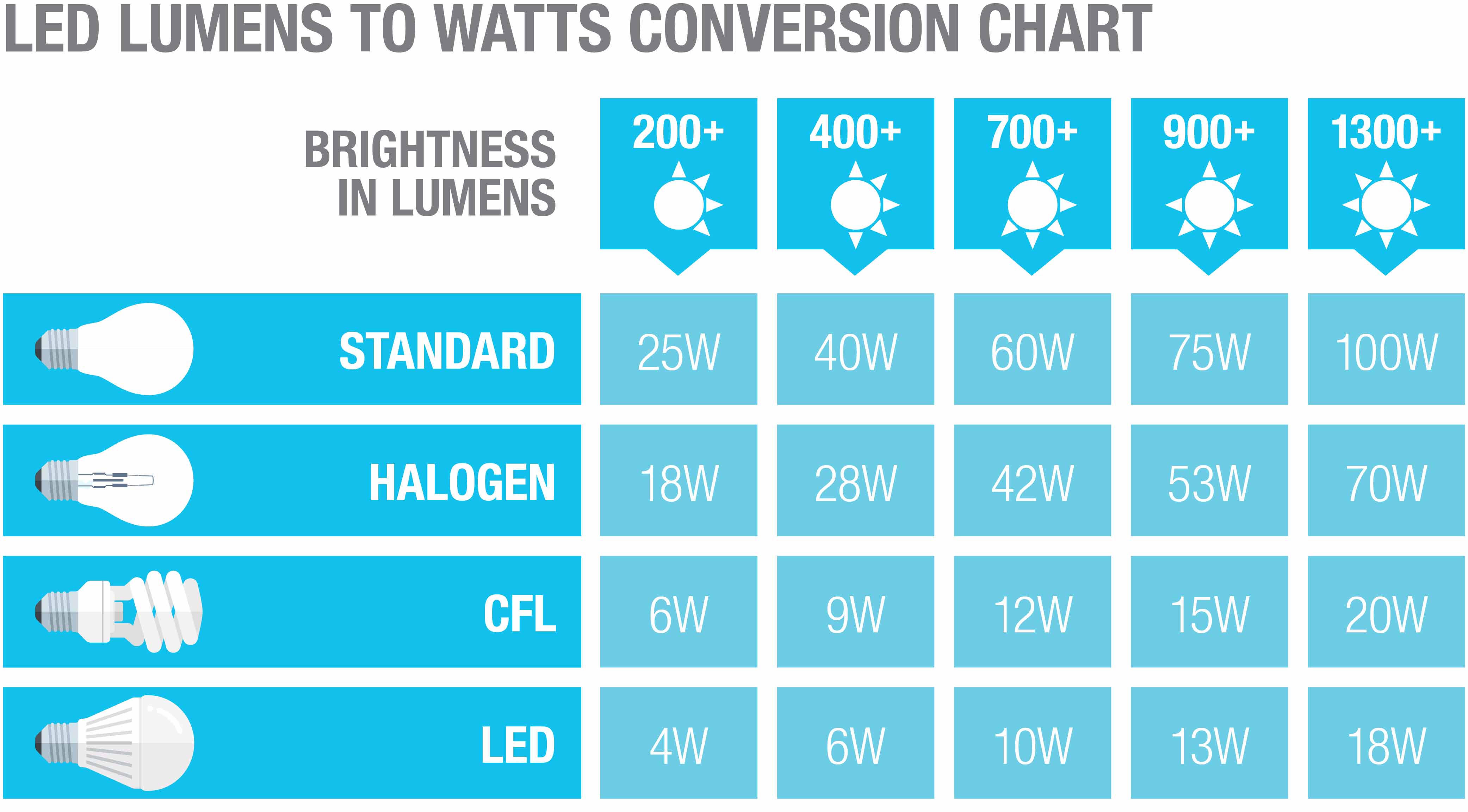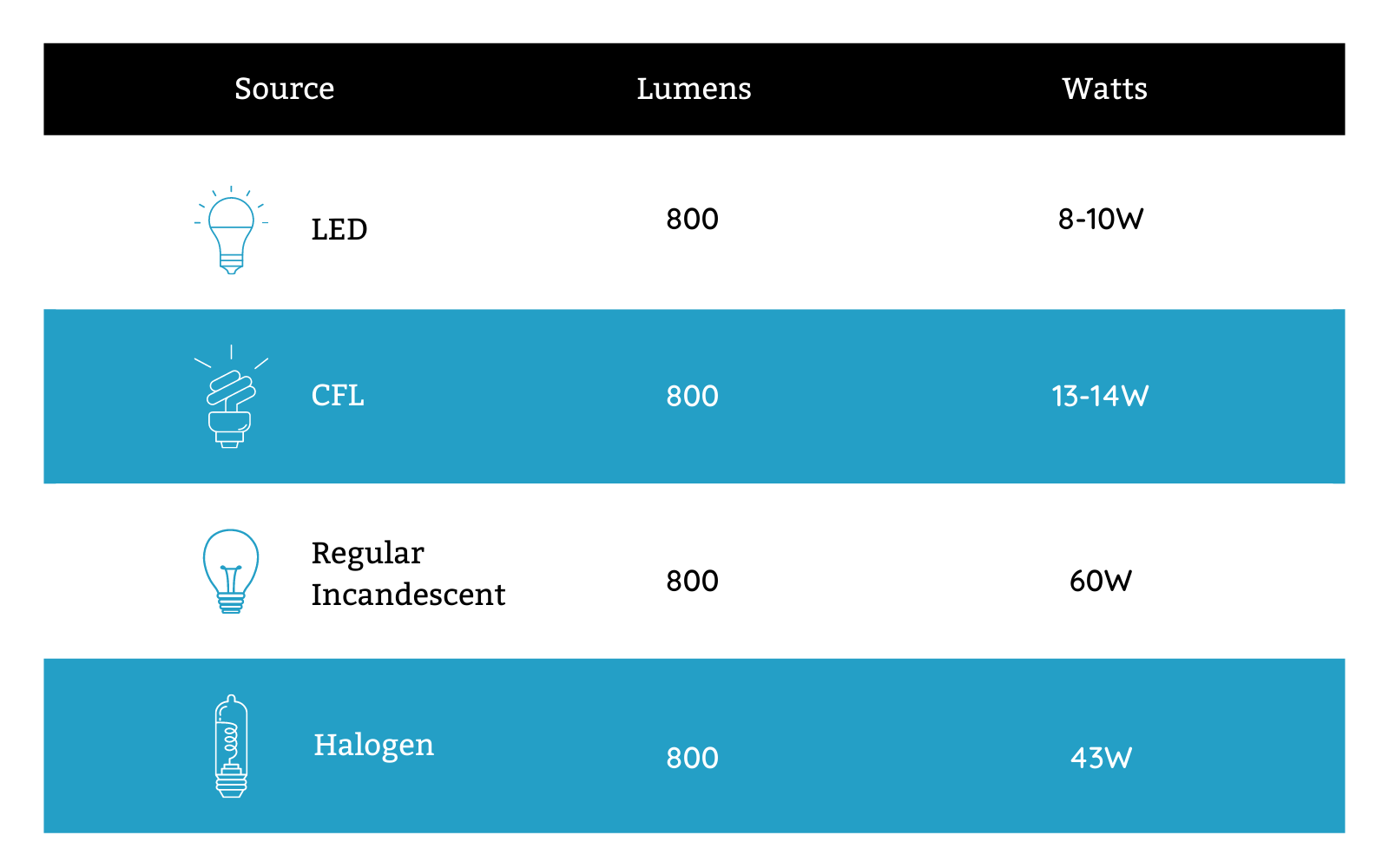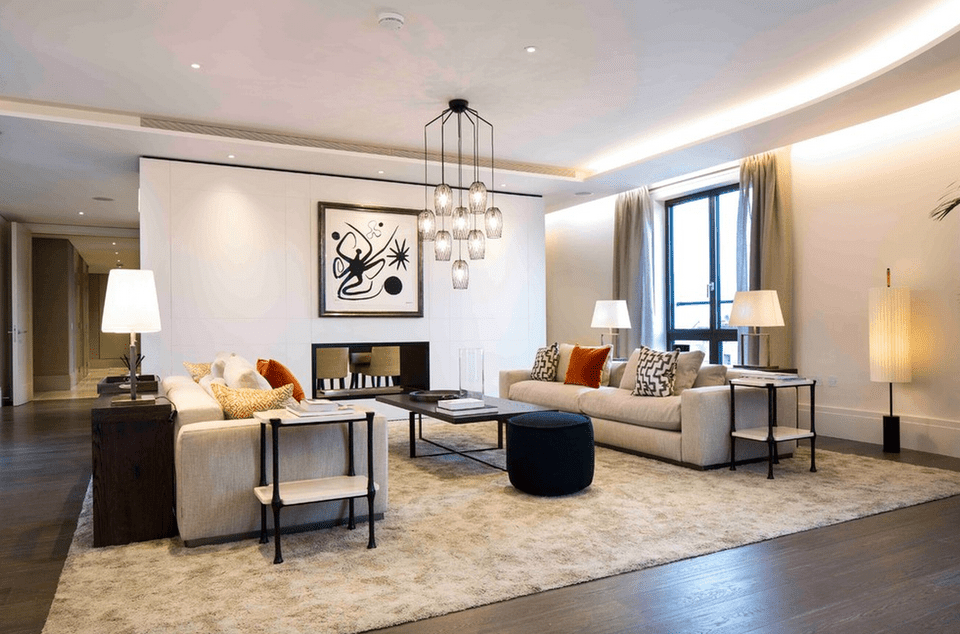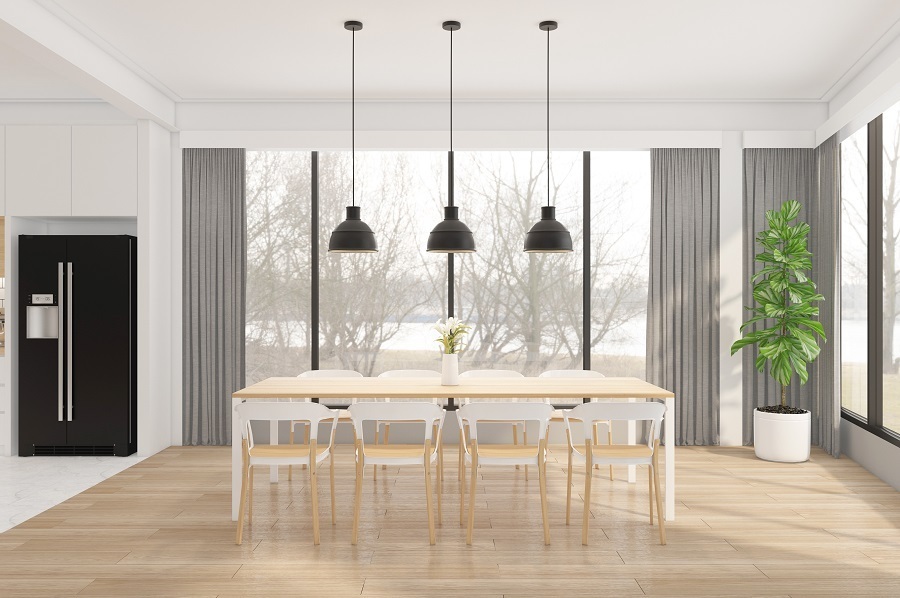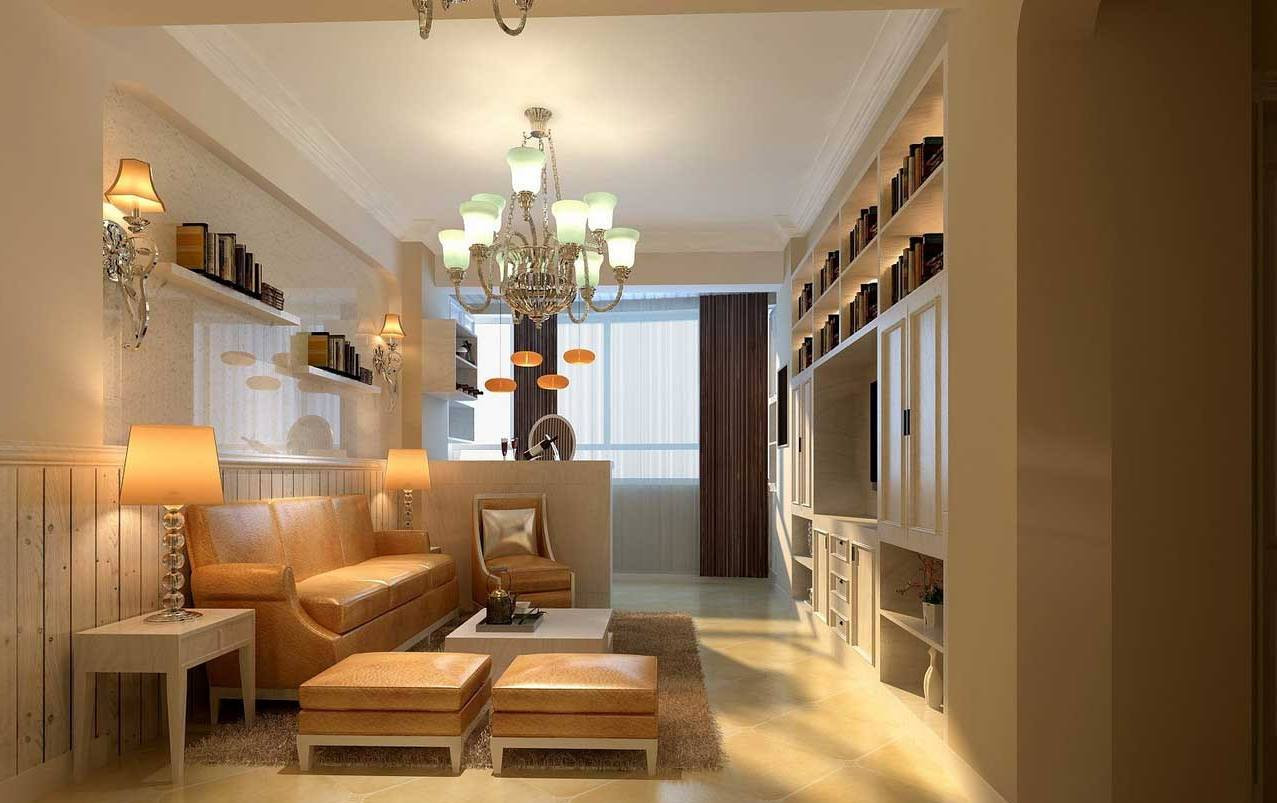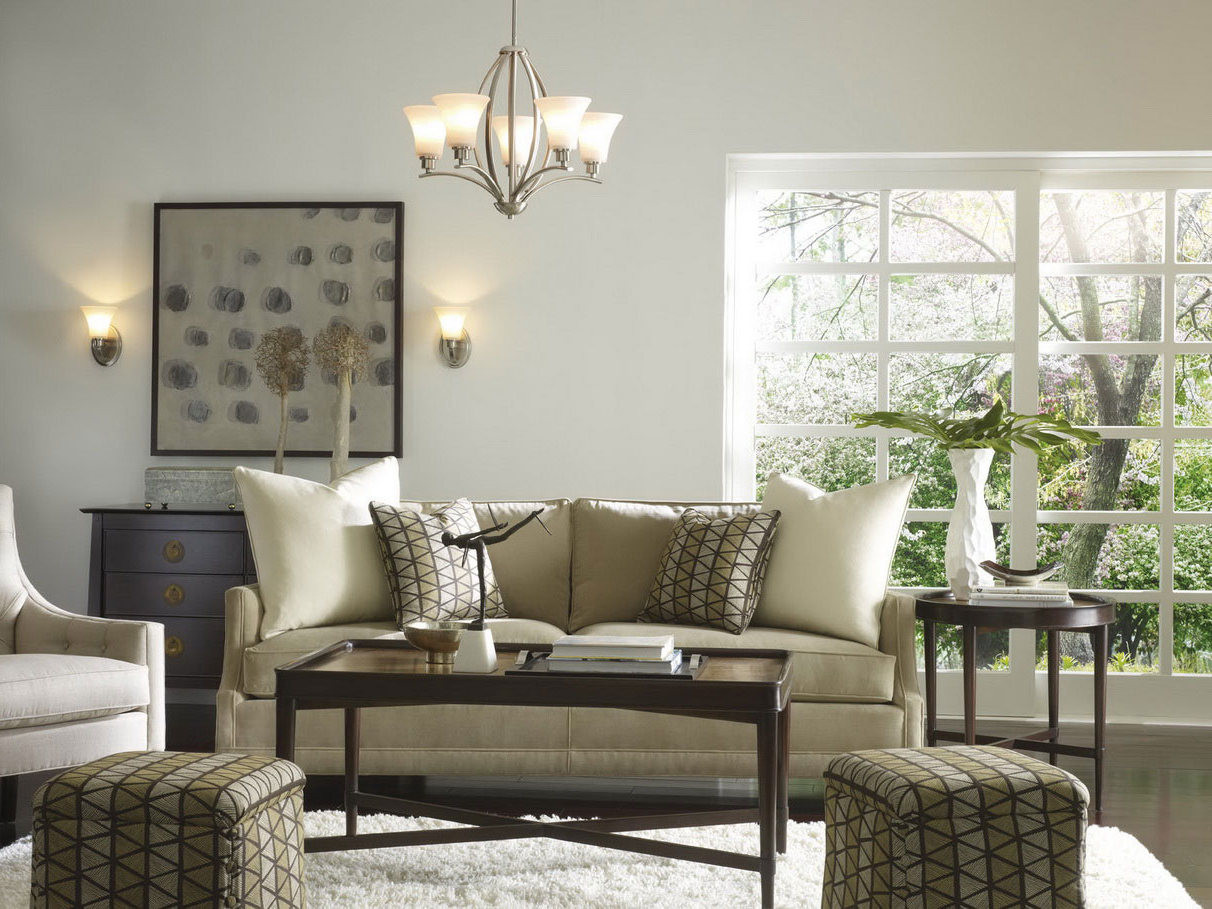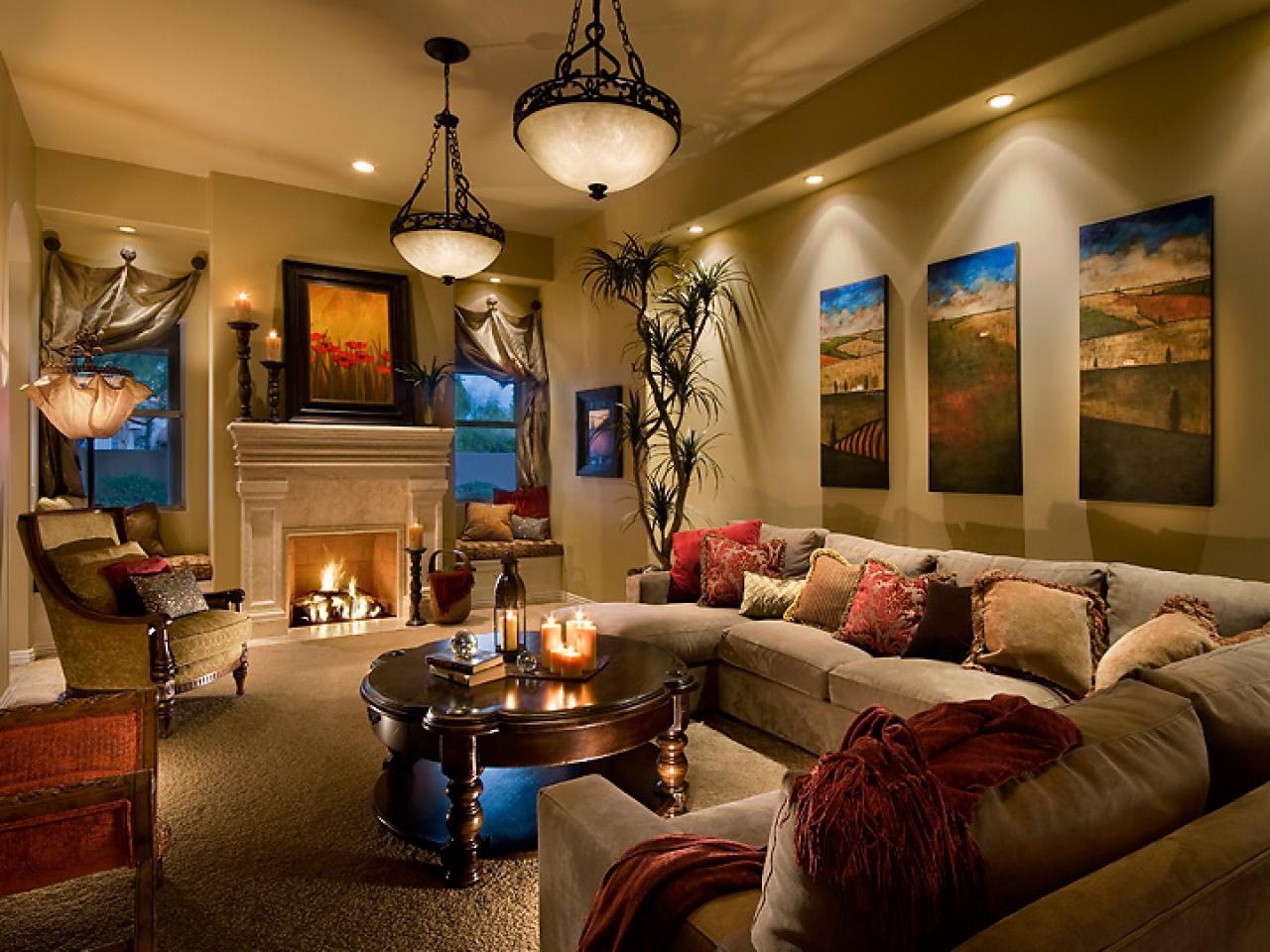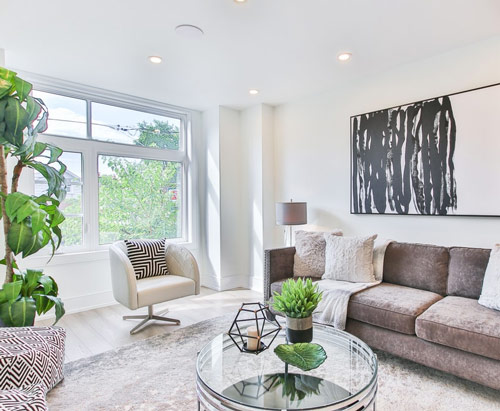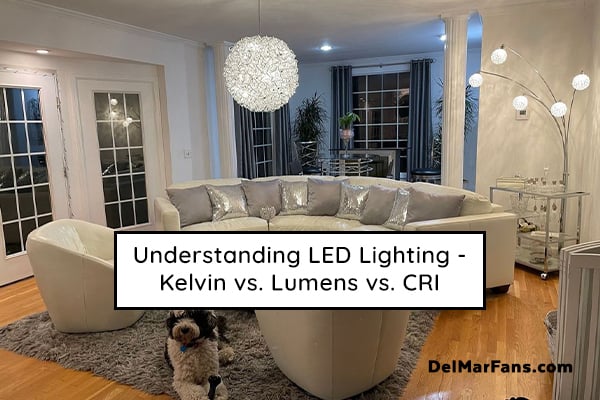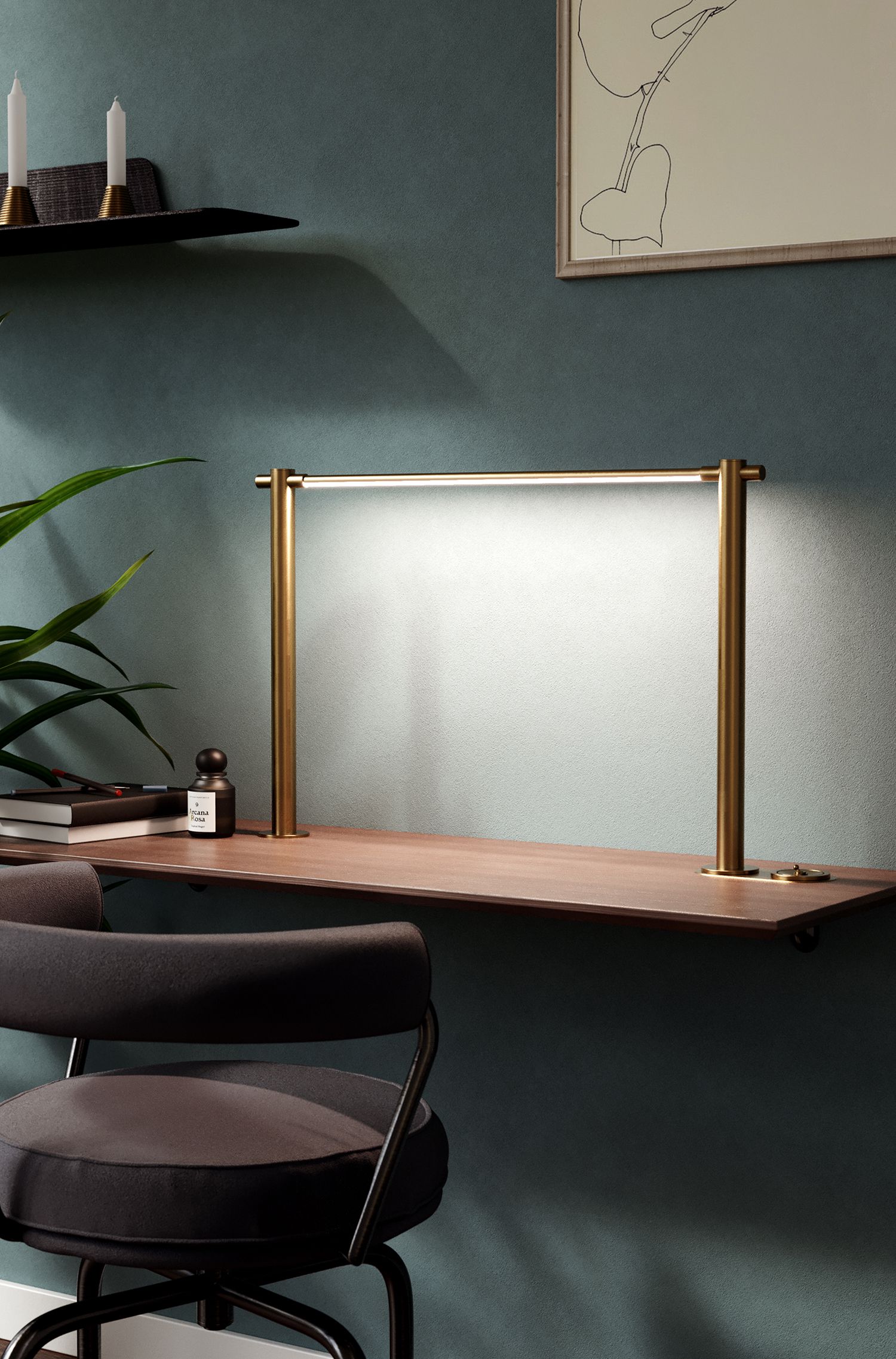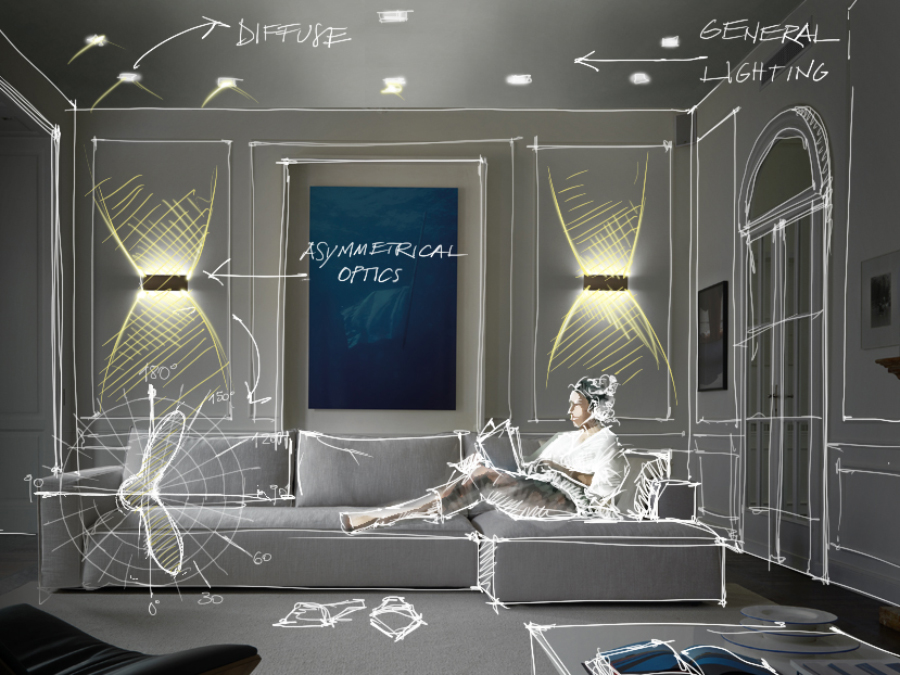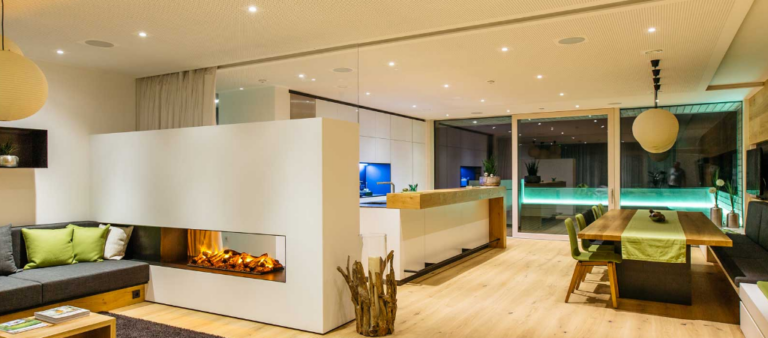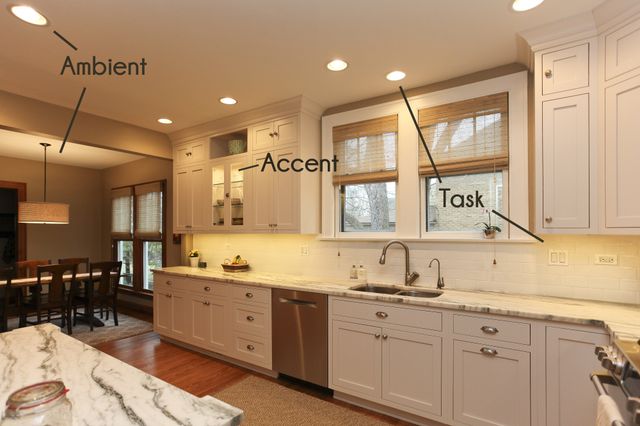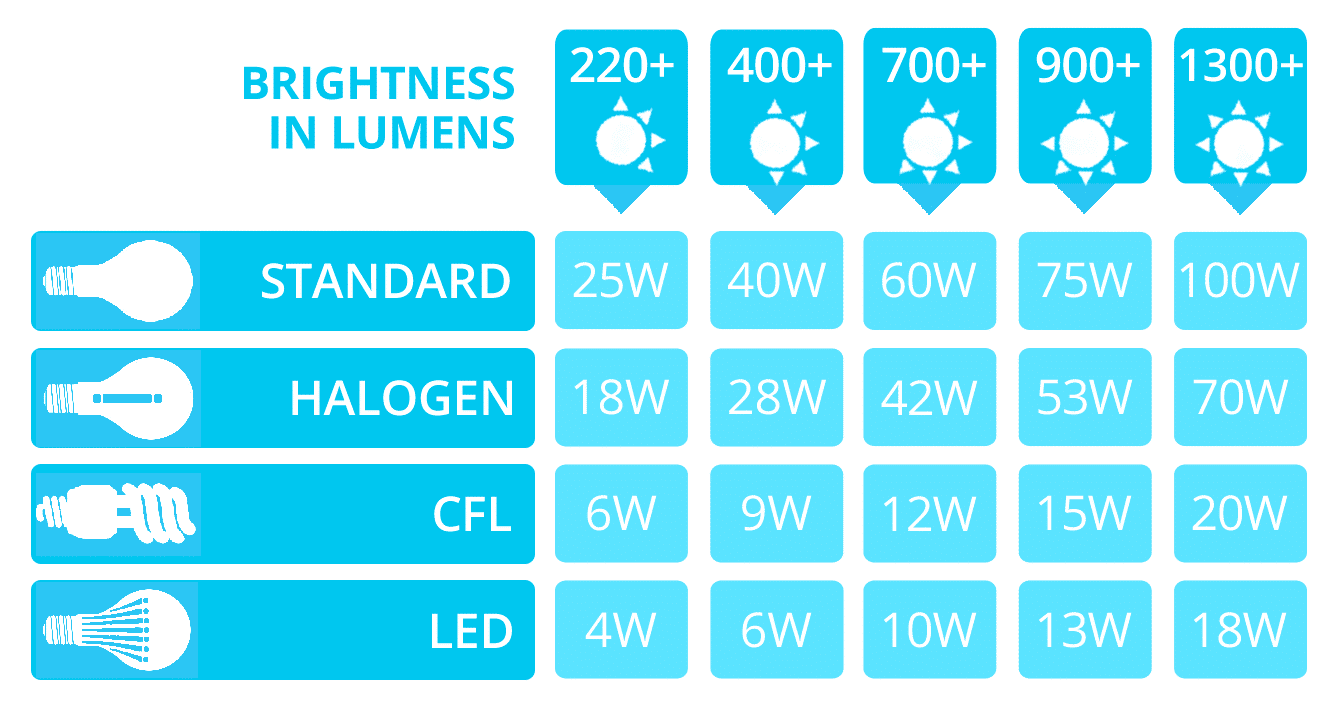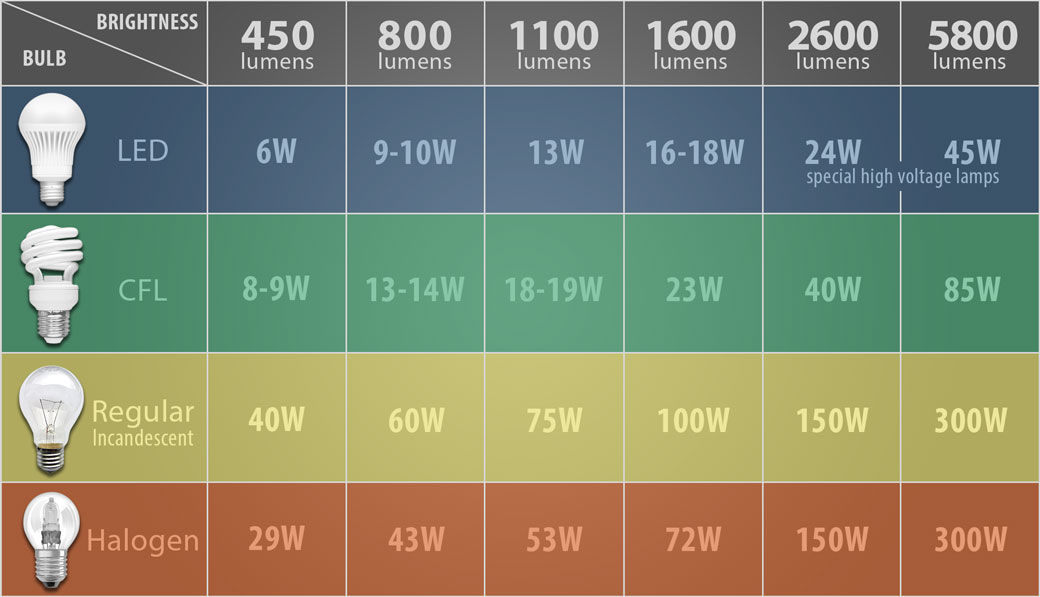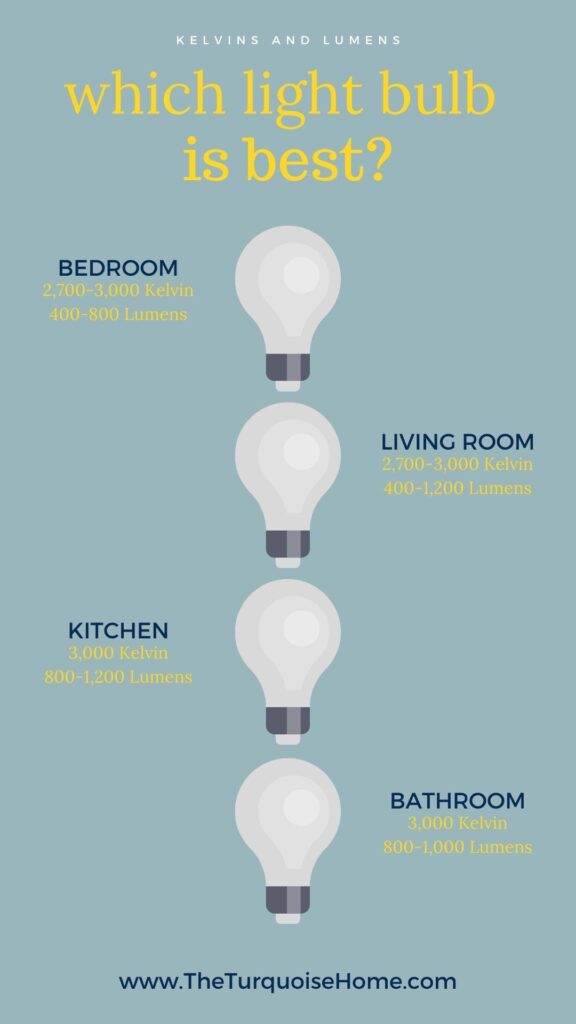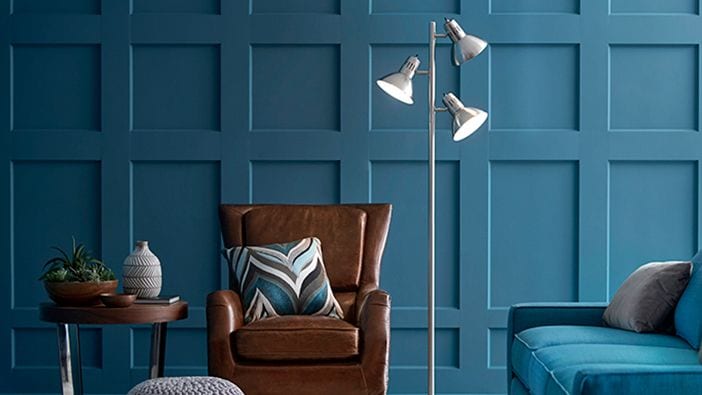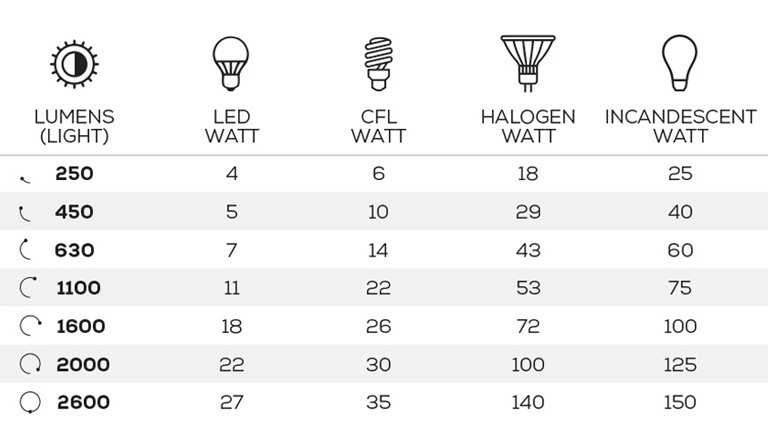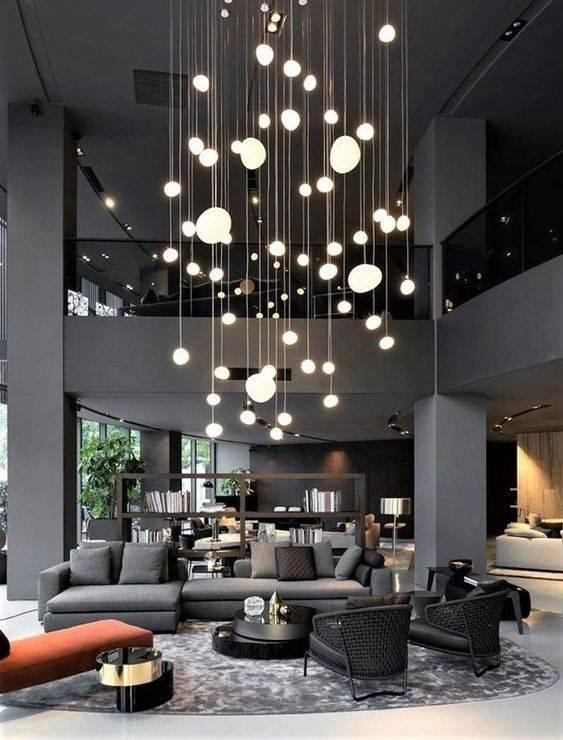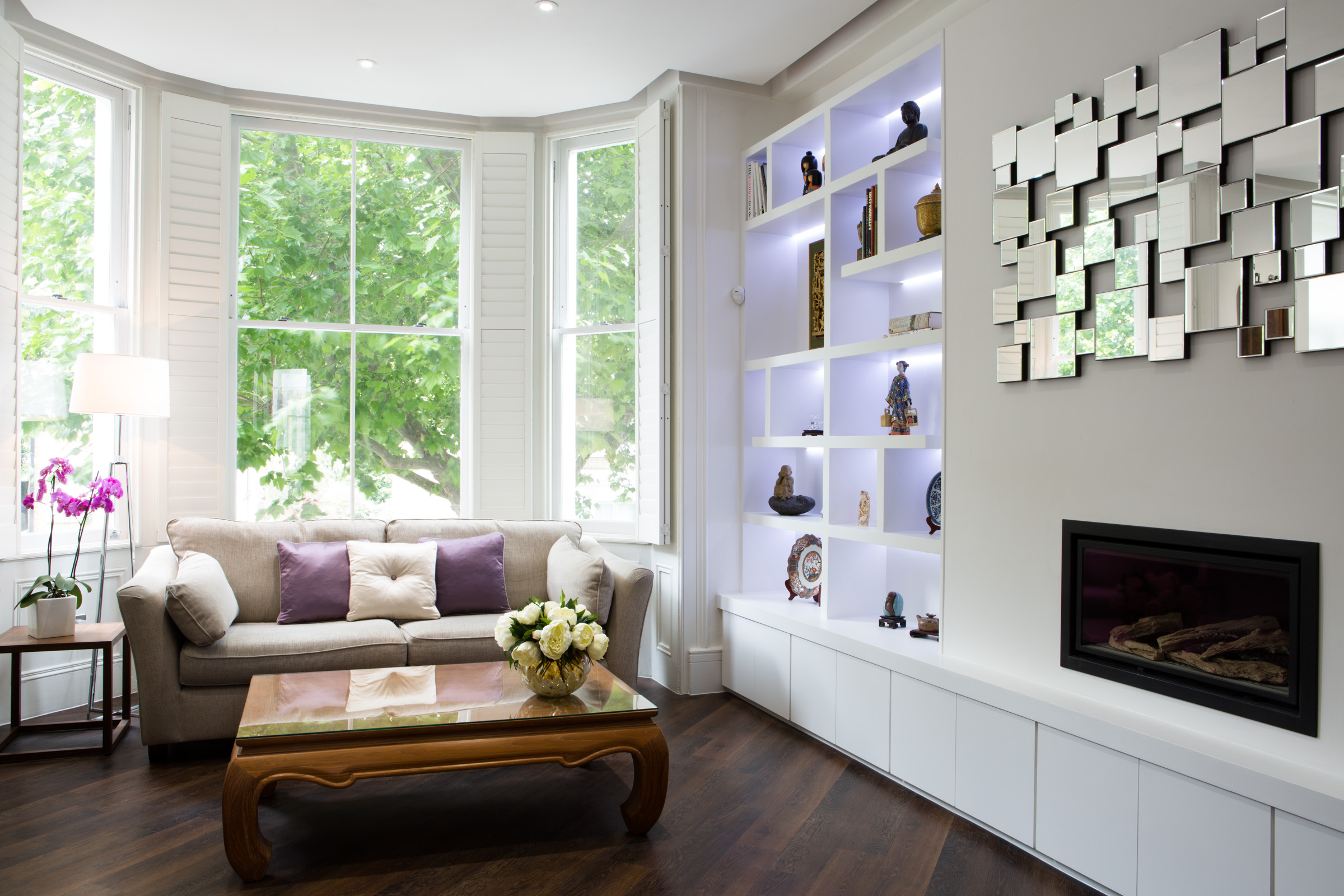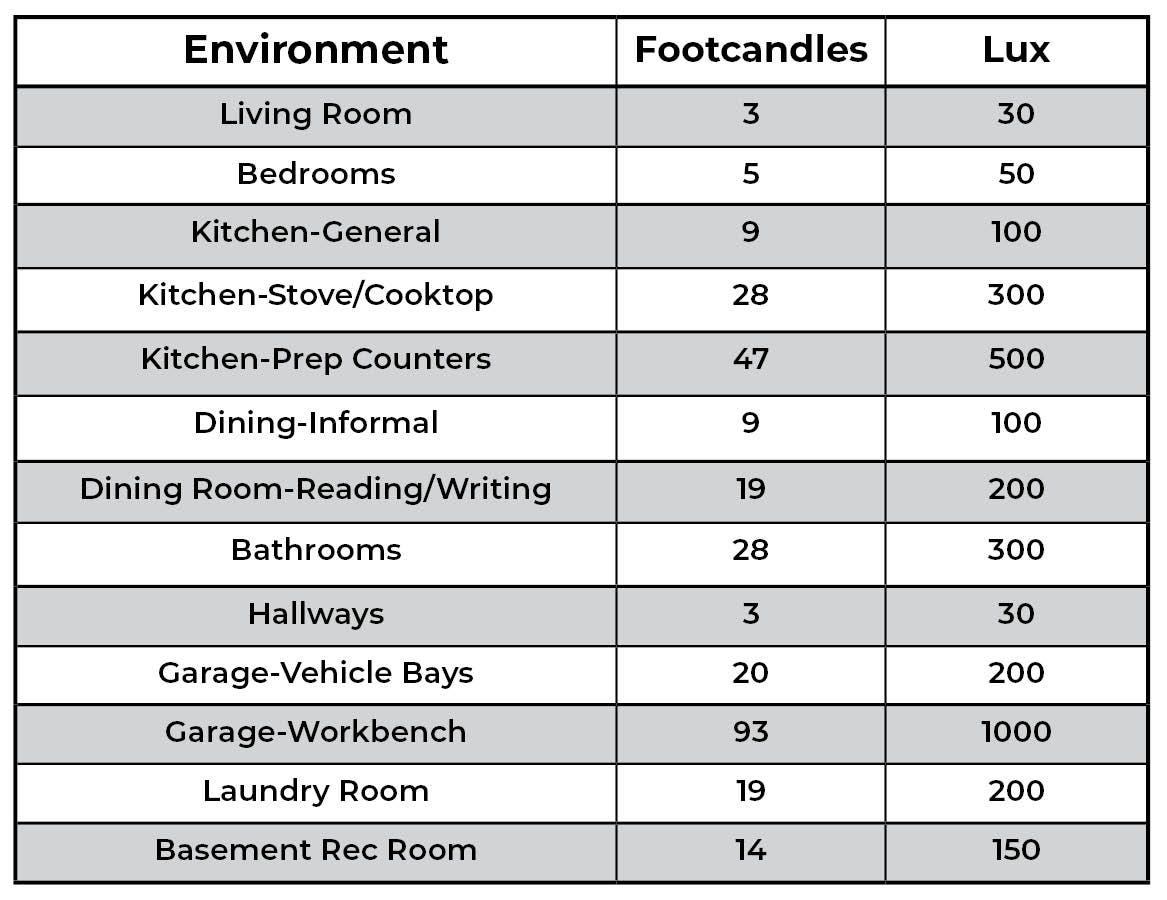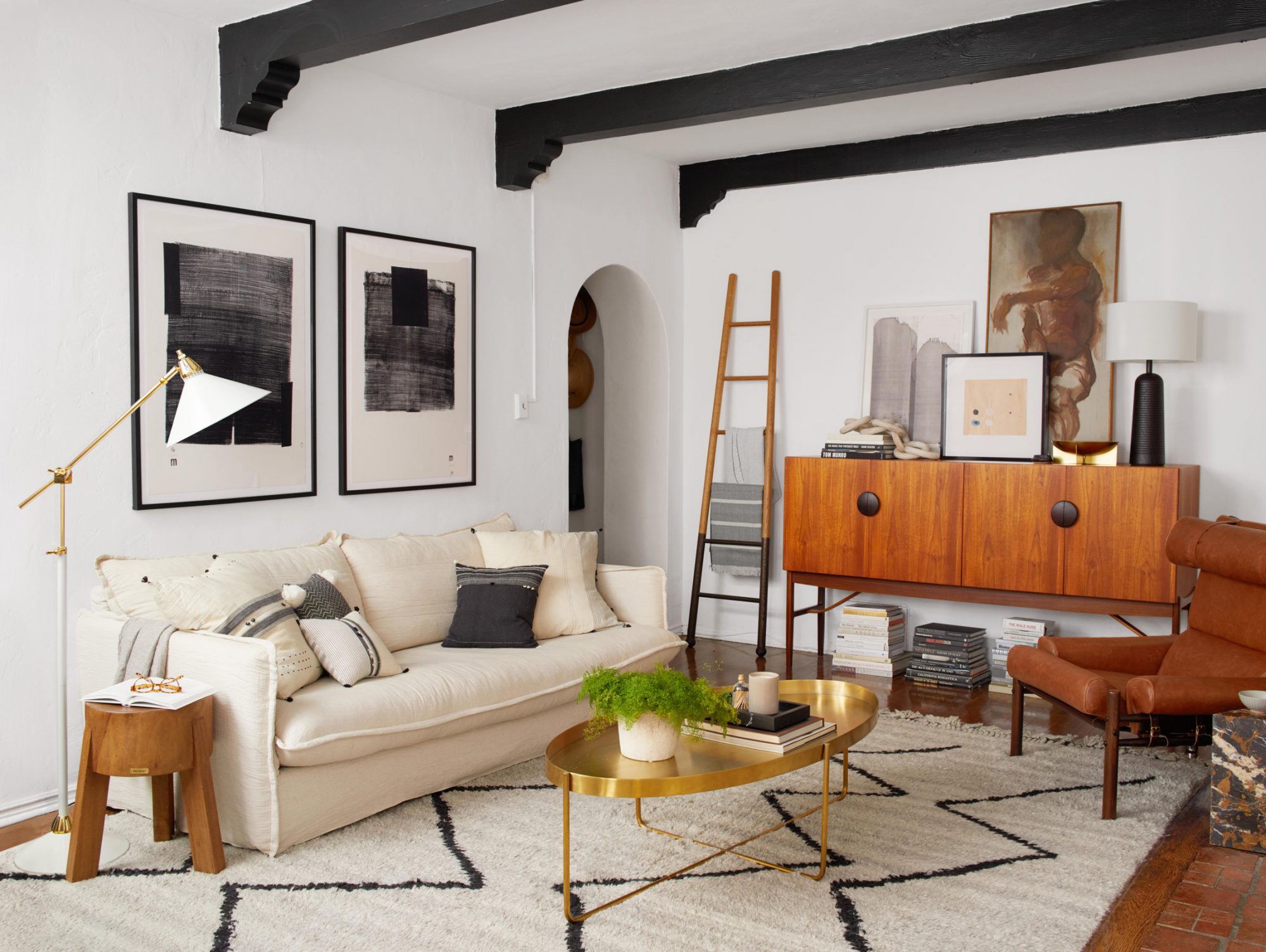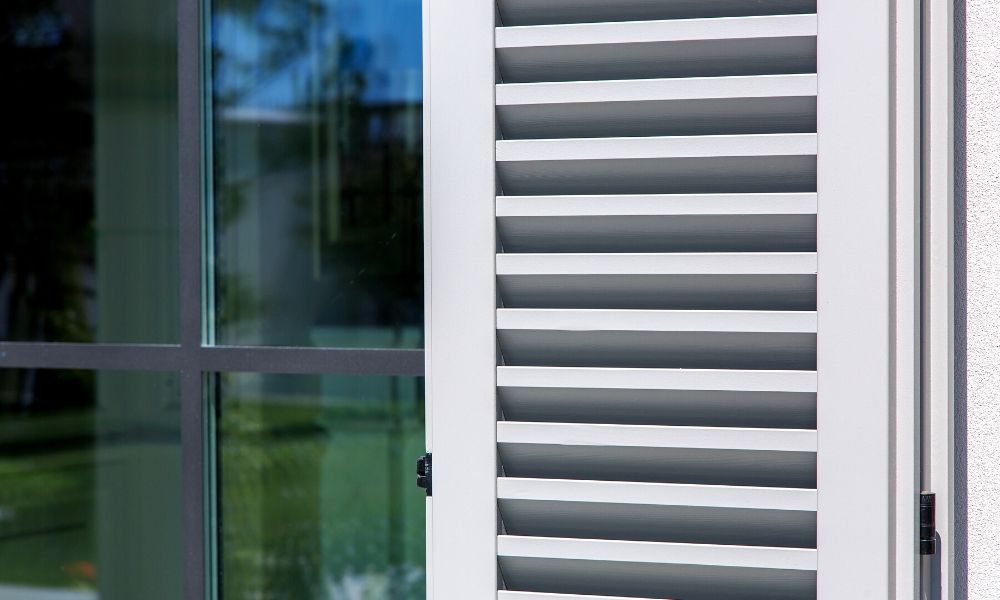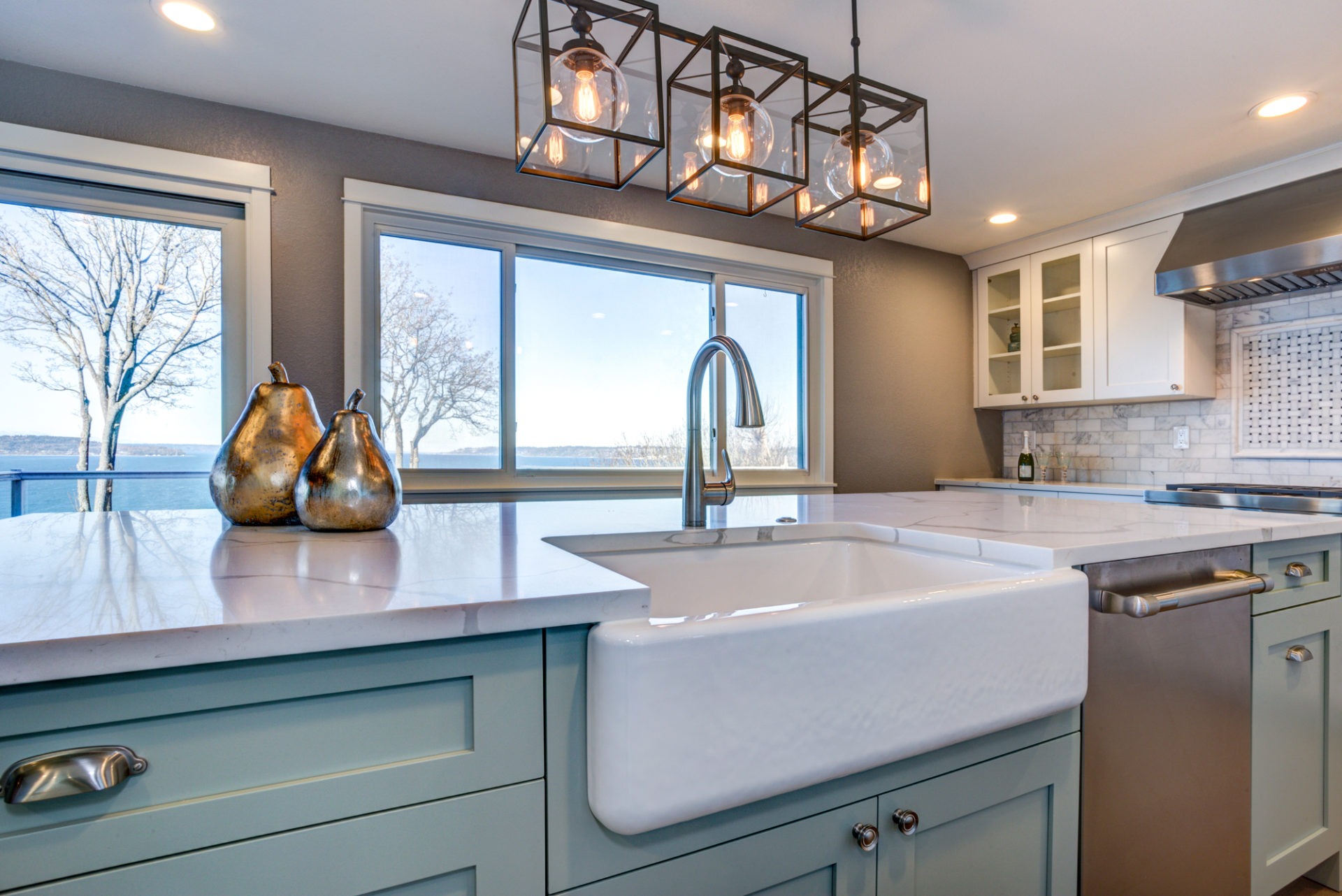When it comes to lighting your living room, wattage plays a crucial role in creating the perfect ambiance. But with so many options out there, it can be challenging to determine the right wattage for your space. Luckily, there is a simple formula you can use to calculate the wattage for your living room lighting. First, determine the square footage of your living room by multiplying the length and width of the room. Then, multiply that number by 1.5. The result is the minimum wattage needed for your living room. For example, if your living room is 12x15 feet, you would multiply 12x15= 180, then 180x1.5= 270. This means you will need at least 270 watts to properly light your living room. Of course, this formula is just a starting point. Depending on your personal preferences and the layout of your living room, you may need more or less wattage. Keep reading to learn how to choose the right wattage for your living room lighting fixtures.1. How to Calculate the Wattage for Your Living Room Lighting
When selecting light fixtures for your living room, it's important to consider the function of the room and the mood you want to create. For ambient lighting, which provides overall illumination, choose fixtures with a higher wattage. This will ensure that your living room is well-lit and inviting. For task lighting, such as reading or working on a computer, choose fixtures with a lower wattage. This will prevent eye strain and create a more focused, concentrated light in the specific areas where it's needed. Accent lighting, which highlights specific objects or areas in the room, can vary in wattage depending on the effect you want to achieve. Soft accent lighting can be achieved with lower wattage, while more dramatic effects may require higher wattage.2. Choosing the Right Wattage for Your Living Room Lighting Fixtures
While wattage may be the traditional way of measuring the brightness of a light bulb, it's important to also consider lumens. Lumens measure the amount of light output, while wattage measures the amount of energy used. This means that a lower wattage bulb can produce the same amount of light as a higher wattage bulb if it has a higher lumen output. When shopping for light bulbs, be sure to check the lumen output rather than just the wattage. This will ensure that you are getting the right amount of light for your living room.3. Understanding Wattage and Lumens for Living Room Lighting
For ambient lighting in a standard-sized living room, aim for a total wattage of 40-80 watts per square foot. This can be achieved with a combination of overhead lighting, such as a chandelier or recessed lights, and floor or table lamps. For a smaller living room, you may be able to get away with less wattage, while larger rooms may require more. For task lighting, keep the wattage between 10-20 watts per square foot. This can be achieved with desk or floor lamps with adjustable heads to direct the light where it's needed. For accent lighting, the wattage can range from 5-10 watts per square foot, depending on the desired effect.4. The Best Wattage for Ambient, Task, and Accent Lighting in Your Living Room
When it comes to energy efficiency, LED bulbs are the clear winner over traditional incandescent bulbs. LED bulbs use significantly less wattage while producing the same amount of light, making them a cost-effective and eco-friendly option for your living room lighting. For example, a 60-watt incandescent bulb can be replaced with a 9-watt LED bulb while producing the same amount of light. This means you can save on energy costs while also reducing your carbon footprint.5. LED vs. Incandescent: Which Wattage is Best for Living Room Lighting?
Aside from the function and mood of your living room, the type of light bulbs you choose can also impact the wattage needed. Soft white bulbs tend to have a lower wattage but provide a warmer, more inviting light, while daylight bulbs have a higher wattage and produce a cooler, more energizing light. Consider the overall aesthetic and atmosphere you want to create in your living room when selecting light bulbs and their respective wattages.6. How to Determine the Ideal Wattage for Your Living Room Light Bulbs
In addition to providing illumination, lighting also plays a significant role in the design of your living room. The right wattage can help highlight architectural features, create a cozy and inviting atmosphere, and even make the room appear larger or smaller. When designing your living room lighting, be sure to consider the wattage of each fixture and how it contributes to the overall look and feel of the room.7. The Importance of Wattage in Creating the Perfect Living Room Lighting Design
To help you determine the right wattage for your living room lighting, here are some general recommendations for different types of fixtures: - Chandelier: 200-400 watts - Recessed lights: 50-150 watts - Floor or table lamps: 60-100 watts - Wall sconces: 40-100 watts - Pendant lights: 40-100 watts8. Wattage Recommendations for Different Types of Living Room Lighting
While it's important to have enough wattage to properly light your living room, it's also crucial to be mindful of energy usage. To save on energy costs, consider using dimmer switches or opting for lower wattage bulbs in areas where bright lighting is not necessary, such as accent lighting or while watching TV. Additionally, be sure to turn off lights when not in use and consider investing in energy-efficient LED bulbs to lower your electricity bill.9. How to Save Energy and Money with the Right Wattage for Your Living Room Lighting
When it comes to lighting your living room, there are a few common mistakes to avoid: - Not considering the function of the room and the mood you want to create - Using only one type of lighting (ambient, task, or accent) instead of a combination - Not checking the lumen output when selecting light bulbs - Ignoring the aesthetic and design aspect of lighting By avoiding these mistakes and following the tips mentioned in this article, you can ensure that you choose the right wattage for your living room lighting and create the perfect ambiance for your space.10. Common Mistakes to Avoid When Choosing Wattage for Your Living Room Lighting
Choosing the Right Wattage for Your Living Room Lighting
/living-room-lighting-ideas-4134256-01-2f070b6071444f1197ad5ca56d9e6678.jpg)
The Importance of Proper Lighting in Your Living Room
 When it comes to designing your living room, lighting is often an overlooked element. However, proper lighting can make a huge difference in the overall look and feel of your space. Not only does it enhance the aesthetics of your living room, but it also plays a crucial role in creating a functional and comfortable space for you and your family. One important factor to consider when choosing lighting for your living room is the wattage.
Proper wattage can make all the difference in creating the perfect ambiance for your living room.
When it comes to designing your living room, lighting is often an overlooked element. However, proper lighting can make a huge difference in the overall look and feel of your space. Not only does it enhance the aesthetics of your living room, but it also plays a crucial role in creating a functional and comfortable space for you and your family. One important factor to consider when choosing lighting for your living room is the wattage.
Proper wattage can make all the difference in creating the perfect ambiance for your living room.
Understanding Wattage and Its Impact on Your Living Room
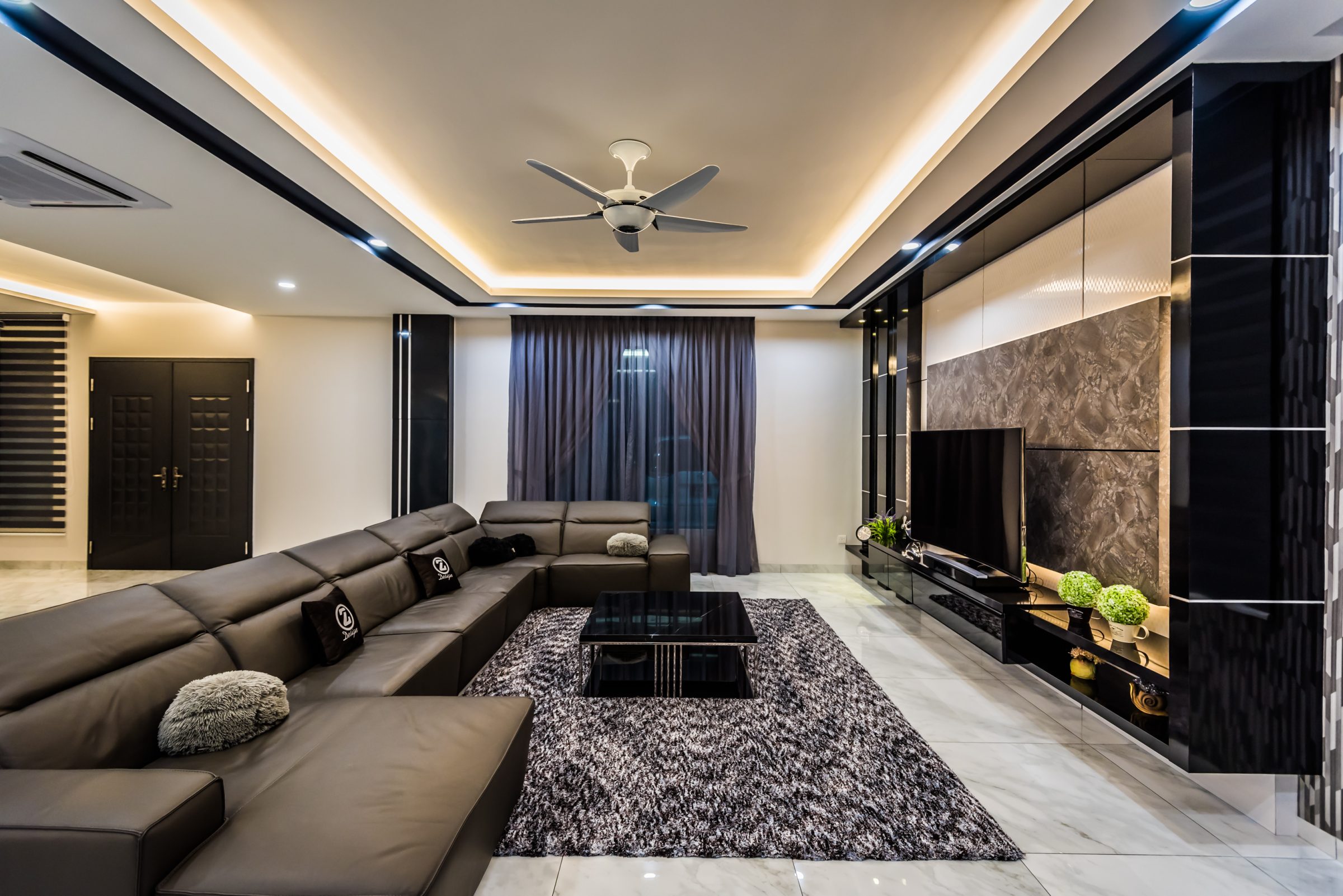 Wattage refers to the amount of power that a light bulb uses. It is a measurement of energy consumption and is directly related to the brightness of the light.
The higher the wattage, the brighter the light will be.
When it comes to living room lighting, it is important to strike the right balance between functionality and ambiance. A well-lit living room should have a mix of ambient, task, and accent lighting.
Ambient lighting provides overall illumination for the room, while task lighting is more focused and used for specific activities such as reading or working. Accent lighting adds depth and dimension to the room, highlighting certain areas or decor pieces.
Wattage refers to the amount of power that a light bulb uses. It is a measurement of energy consumption and is directly related to the brightness of the light.
The higher the wattage, the brighter the light will be.
When it comes to living room lighting, it is important to strike the right balance between functionality and ambiance. A well-lit living room should have a mix of ambient, task, and accent lighting.
Ambient lighting provides overall illumination for the room, while task lighting is more focused and used for specific activities such as reading or working. Accent lighting adds depth and dimension to the room, highlighting certain areas or decor pieces.
How to Determine the Right Wattage for Your Living Room
 The size and purpose of your living room should be the main factors to consider when determining the right wattage for your lighting. For larger living rooms, it is recommended to have multiple light sources with lower wattage bulbs to evenly distribute light and avoid harsh glare. For smaller living rooms, a single light source with a higher wattage may suffice. It is also important to consider the purpose of your living room. For a space used primarily for relaxation and entertainment, a lower wattage may create a more comfortable and cozy atmosphere.
On the other hand, a higher wattage may be more suitable for a living room that also serves as a workspace.
The size and purpose of your living room should be the main factors to consider when determining the right wattage for your lighting. For larger living rooms, it is recommended to have multiple light sources with lower wattage bulbs to evenly distribute light and avoid harsh glare. For smaller living rooms, a single light source with a higher wattage may suffice. It is also important to consider the purpose of your living room. For a space used primarily for relaxation and entertainment, a lower wattage may create a more comfortable and cozy atmosphere.
On the other hand, a higher wattage may be more suitable for a living room that also serves as a workspace.
Other Factors to Consider for Your Living Room Lighting
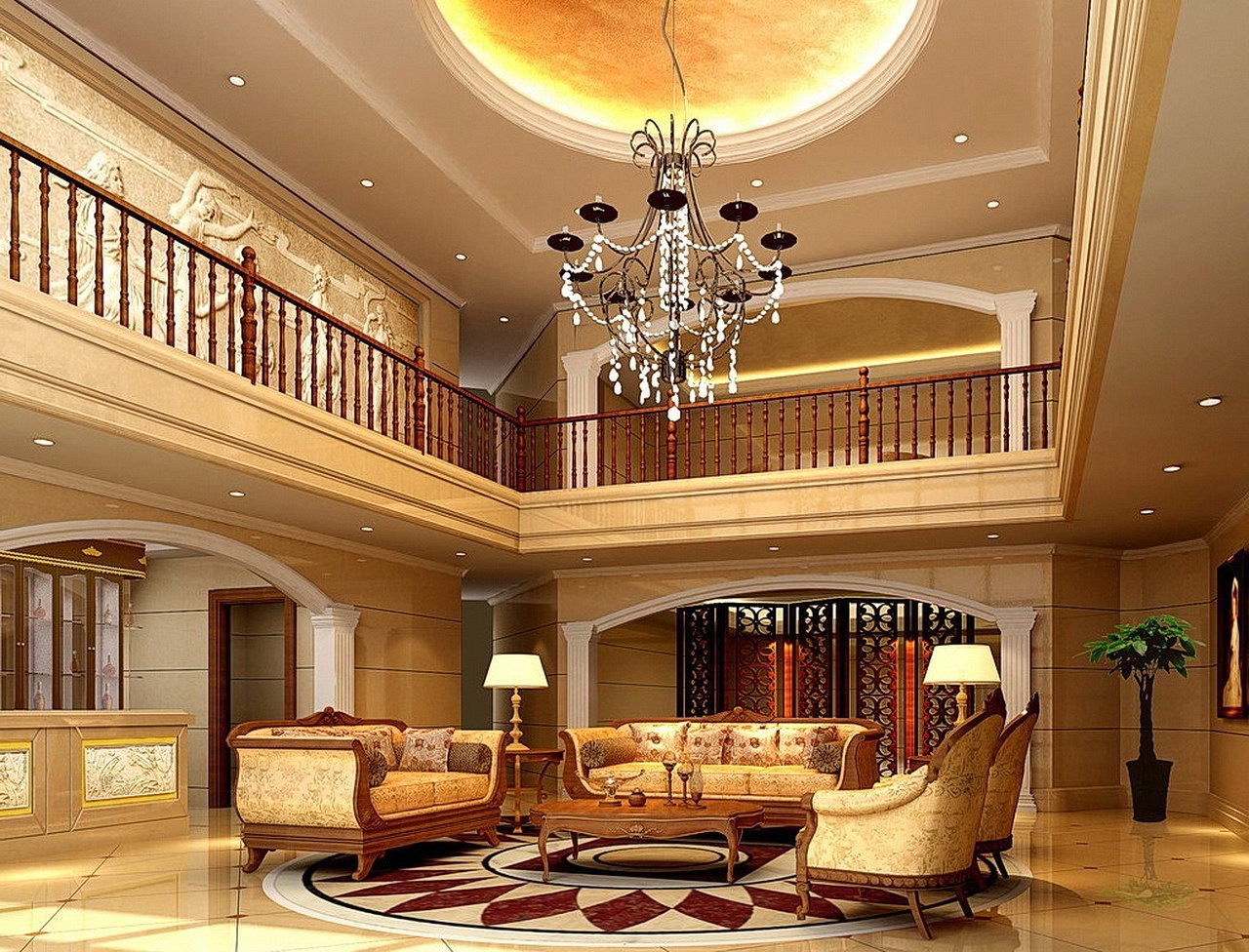 When choosing the wattage for your living room lighting, it is also important to consider the color temperature of the bulbs.
Color temperature refers to the warmth or coolness of the light, and can greatly impact the mood of the room.
Bulbs with a lower color temperature (2700K-3000K) emit a warm, yellowish light that creates a cozy and inviting atmosphere. Bulbs with a higher color temperature (4000K-5000K) emit a cooler, bluish light that is more energizing and suitable for task-oriented spaces. Lastly, be sure to choose energy-efficient bulbs to not only save on electricity costs but also reduce your carbon footprint.
In conclusion, proper lighting wattage is essential in creating the perfect living room ambiance. By understanding the different types of lighting and their impact on your space, as well as considering the size, purpose, and color temperature of your living room, you can choose the right wattage that best suits your needs.
Remember, a well-lit living room not only enhances the design of your home, but also creates a comfortable and functional space for you and your loved ones.
When choosing the wattage for your living room lighting, it is also important to consider the color temperature of the bulbs.
Color temperature refers to the warmth or coolness of the light, and can greatly impact the mood of the room.
Bulbs with a lower color temperature (2700K-3000K) emit a warm, yellowish light that creates a cozy and inviting atmosphere. Bulbs with a higher color temperature (4000K-5000K) emit a cooler, bluish light that is more energizing and suitable for task-oriented spaces. Lastly, be sure to choose energy-efficient bulbs to not only save on electricity costs but also reduce your carbon footprint.
In conclusion, proper lighting wattage is essential in creating the perfect living room ambiance. By understanding the different types of lighting and their impact on your space, as well as considering the size, purpose, and color temperature of your living room, you can choose the right wattage that best suits your needs.
Remember, a well-lit living room not only enhances the design of your home, but also creates a comfortable and functional space for you and your loved ones.




